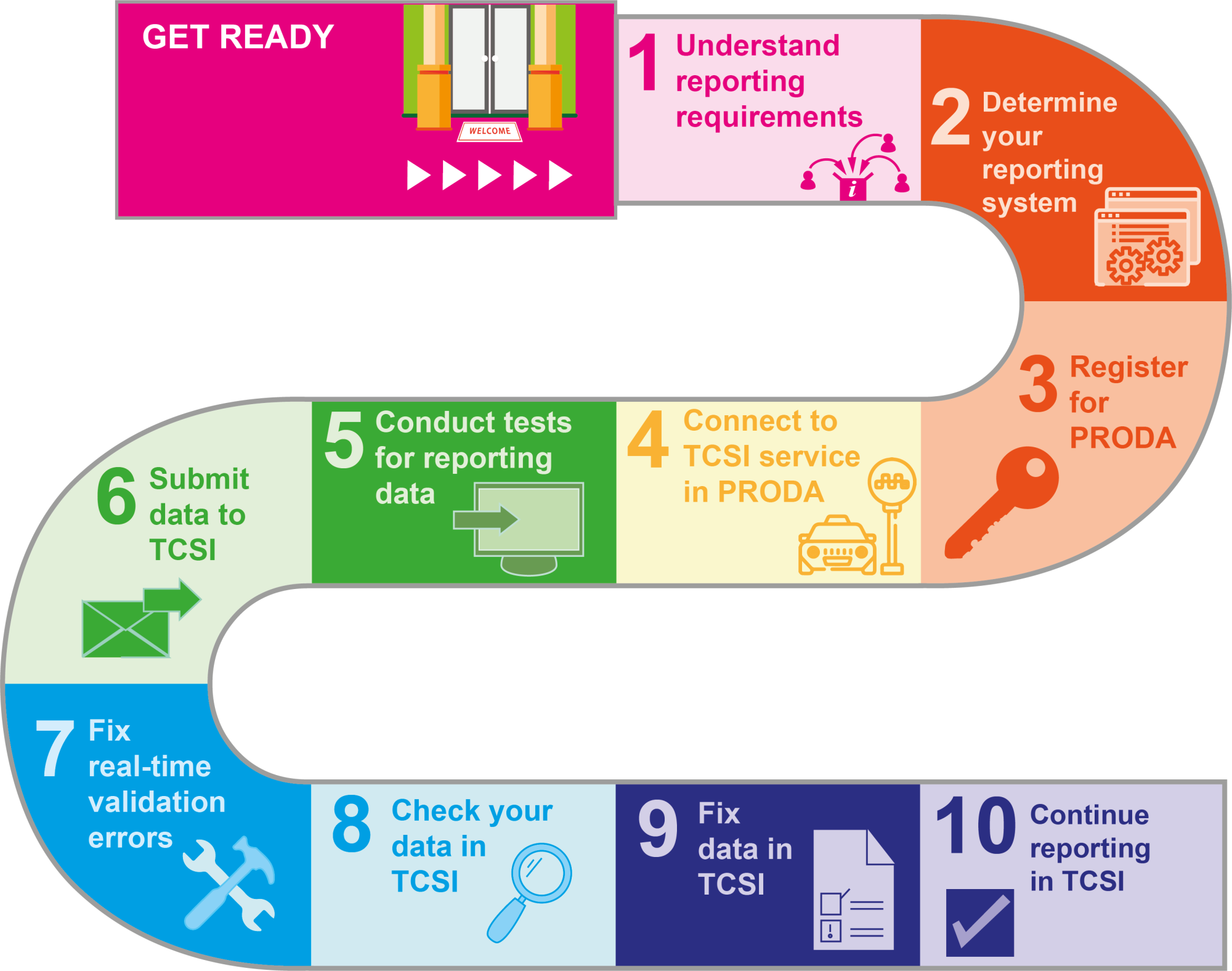Why do you report?
The PIR is a formal information request under section 28 of the Tertiary Education Quality and Standards Agency Act 2011 (TEQSA Act). It is a condition of your registration that you comply with a request for information made under this section by providing TEQSA with the requested information within the timeframe.
Further information about TEQSA is available on the Tertiary Education Quality and Standards Agency (TEQSA) home page.
What do you report?
In general, a data collection contains multiple data groups, those groups contain multiple data packets and those packets contain multiple data elements. A data element is essentially a piece of information formatted in a particular way. It might be birthdate, a code relating to field of education, or the outcome of a course of study.
The scopes of the packets in the student collection and the data elements are key to understanding what information you are required to collect from your students.
Example 1 - What do you report?
|
For example;
The Student Collection contains the Students group, Course admissions group, Courses on campus group, Courses of study group, the Courses group, etc.
The Students group contains the Student packet, the Disability packet, the Citizenship packet, and more.
The Disability packet contains three data elements to report on disability status; E615: Disability code, E609: Disability effective from date and E610: Disability effective to date.
|
Please review the relevant reporting requirements for your provider type.
From 2022, there are additional data collection requirements to support the operation of the Tuition Protection Service (TPS) for upfront fee-paying students. This includes information which has been collected via manual processes from 2021, such as student names, residential addresses, and information about student courses and units, including cost and information on any work integrated learning unit requirements.
The PIR collection consists of data about;
-
courses and campuses;
-
students’ enrolment information, study load, their personal details including their names and addresses
-
unit of study completions
-
Full time and casual staff numbers
There is also a TCSI mapping table for PIR staff collection available for the translation of allowable values from HEPCAT to TCSI.
When do you report?
An annual collection, as part of the formal information request under section 28 of the Tertiary Education Quality and Standards Agency Act 2011 (TEQSA Act).
Each reporting requirements packet, which is a sub-group of data within a data collection, will list deadlines for each data element to be reported in TCSI.
Student data
The student reporting timeframes are listed on each packet page under the 'Reporting deadlines header'.
Example 2 - When do you report student data?
|
For example;
The PIR Unit Enrolment packet for 2021 contains due dates for each element in the packet in the 'Deadline' column. In the current example, the deadline is 'Within 7 days of the student enrolling in a course of study'.
 . .
|
Staff and University Applications and Offers data
For the Staff collection and the University Applications and Offers collection, the deadlines are annual and involve a reference date for the data that is to be reported by a particular date.
Example 3 - When do you report Staff, Uni Apps and Offers data?
|
For example;
The Full-time staff packet (PIR) for 2022 outlines the following deadline for reporting:
The reference date for the 2022 Staff Collection is 31 March 2022. All full-time staff data for this reference date is to be reported in August 2022.
|
Don’t wait until the due date to start reporting your data. To successfully report, you will need enough time to prepare, validate and submit your data.


 .
.